Today is payday, Your local fish store has just unpacked a new shipment of marine animals and your significant other has given you the greenlight to go and pick out a new fish (or two)…What an exciting day!
While driving home, brain buzzing with anticipation for your new acquisition, you dream of how this fish will gracefully flit through the crevices of your reef tank, peacefully cohabitating with your existing animals and adding color and movement to your beautiful display aquarium.
As you acclimate your new fish to the quarantine tank, excitement turns to anxiety as your new denizen quickly slinks to the back corner and hides. The next day (or maybe even three or four days later) your fish slowly emerges and despite your best efforts, refuses to eat. Frozen food, pellet food, flake food, no bite. You try everything, going back to the store where you bought the fish and spending your budget on the latest and greatest foods to try and coax a feeding response.
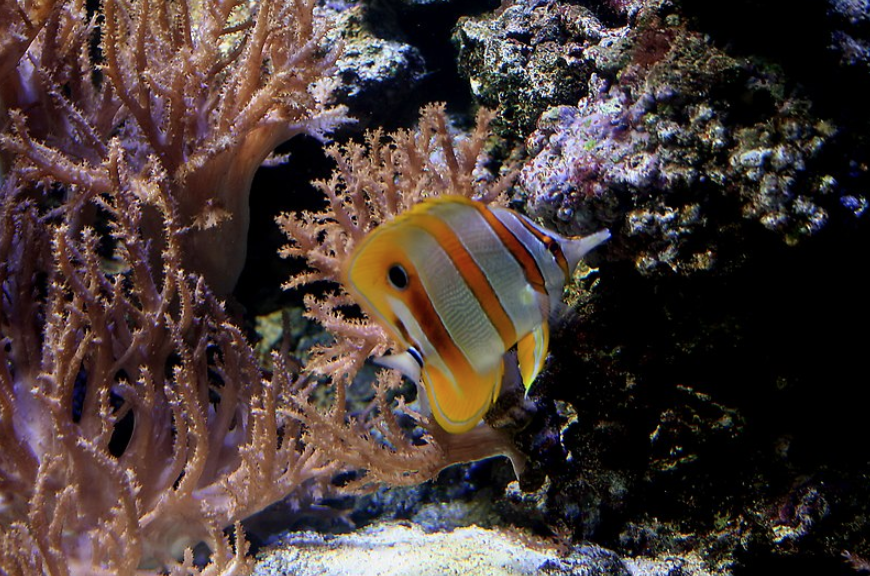
Does this scenario sound familiar? It’s a story that plays out every day in the homes of hobbyists across the world. In my years working at retail in pet stores I can’t tell you how many times I coached hobbyists through this exact scenario.
It was with my last Fiji shipment that the idea for this article came about. Originally, I had wanted to write an article on the entire process of quarantining new fish, but this group of fish turned out to be particularly tough to get feeding. It was then that I decided to hone this article to expose some of the tricks a professional aquarist uses to get fish feeding on foods that are likely already growing in your reef tank.
Spoiler alert – We will be discussing much more than nuisance algae to feed your fish but if I had titled this article “Growing Benthic Reef Organisms to Feed Your New Fish” It would have been a turn-off, as it conjured up images of beakers and tanks and extra lighting and equipment all bubbling away and causing a stink in the hopes of possibly having a stronger outcome for your new fish. So instead, I titled this article with some good old-fashioned clickbait!
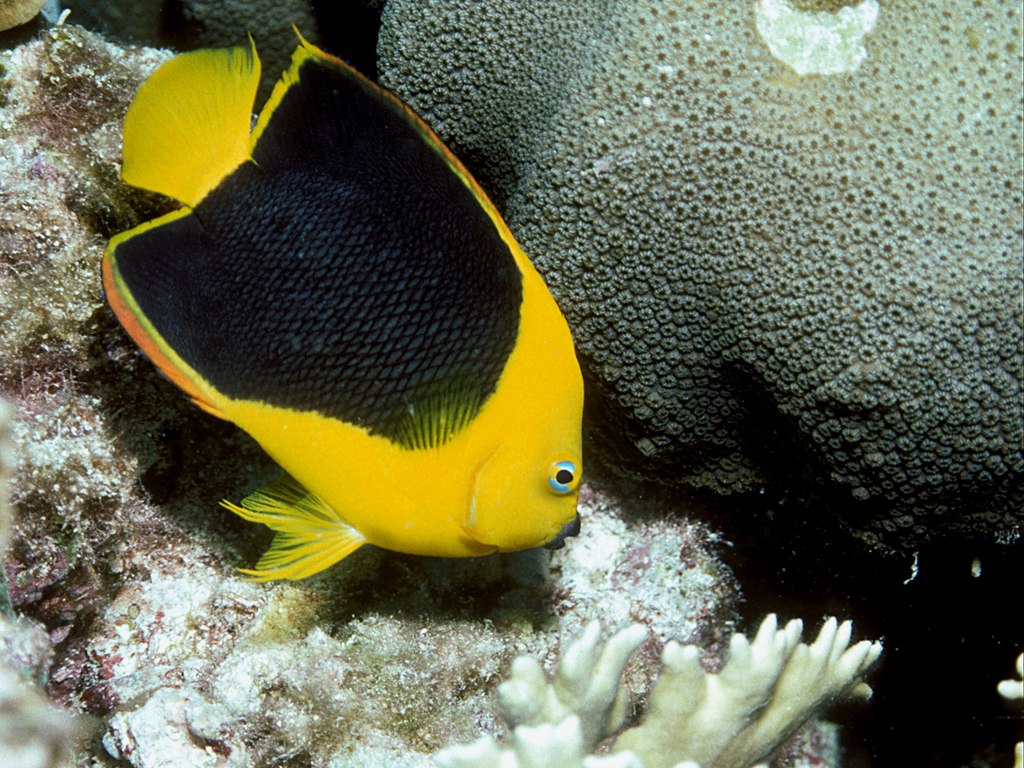
My new fish won’t eat – Now what?
You’ve tried every prepared food on hand and your fish still won’t eat – Before throwing even more water-polluting food into the aquarium, it’s time to analyze what your fish would naturally eat in the ocean – on the reef. As well as how they would eat it.
Does the fish feed on sedentary life, nibbling at rocks and sand all day? And if so, what are they nibbling at? Algae, Sponge, Coral, All the above?
Maybe it’s a fish that feeds in the water column and primarily eats minute zooplankton – small shrimp and other “bugs” – the movement from its prey giving it the cue to eat.
It’s not as simple as throwing some frozen mysis shrimp in and expecting all your fish to happily gulp them down. Sometimes fish need to be enticed by mimicking not only the foods they might eat on the reef but also by mimicking the environment in which they feed.

This can be done by adding the foods how they would be found on a reef. Is your fish primarily a grazer that nibbles on algae? Rubber Band some algae onto a rock and let the fish graze. The same can be done with meatier foods, like shrimp and clam for more carnivorous grazers. On the other end of the spectrum are the water column feeders – that search for food in the open water – Anthias and Wrasses come to mind. For these fish tucking food into a rock or simply letting it fall to the aquarium floor may not work. Frozen or live foods added to a strong current area of the aquarium will mimic plankton being blown about the reef. I have seen fish that refuse to eat be easily enticed by this simple tweak to the feeding process.
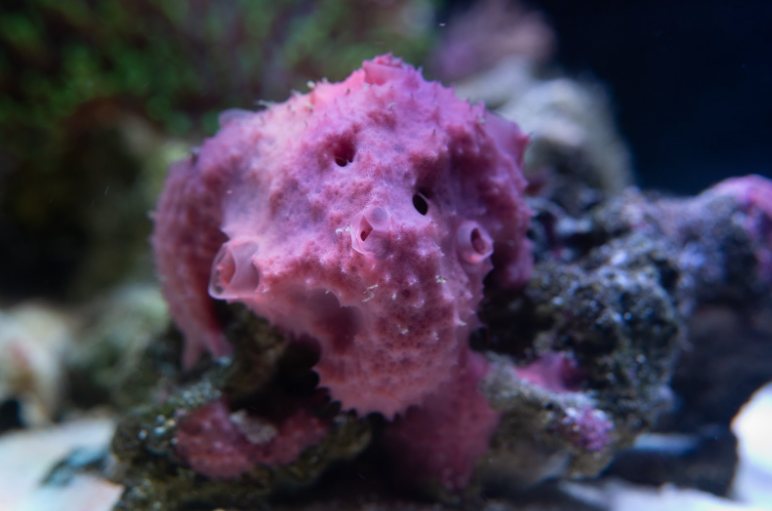
Identifying live foods that are likely growing in your reef
A well-maintained and mature reef tank acts as a complete ecosystem, with all sorts of flora and fauna to perform essential tasks in maintaining the system. There is a very good chance that you have more food options in your display than you realize. Below is a list of many of the live foods at your disposal:
- Algae – Most tanks, even “spotless ones” have some amount of algae somewhere in the system. This can be beneficial macroalgae, such as Caulerpa and Chaetomorpha. Or this can be pest algae, such as hair algae, Red bristle algae, etc. These are great foods to pluck out of your reef and feed to Angels, Tangs, Rabbits, Blennies, and any other herbivorous or omnivorous fish. Some fish respond well to simply dropping pieces of algae into the quarantine system, while other fish prefer to graze, so adding a small rock covered in algae and letting them pick at it all day would be a great idea. Important note – Red Slime Algae and Dinoflagellates should not be fed to any fish as many species are toxic to both fish and invertebrates
- Sponges – What reefer doesn’t love a good sponge? Not only are they pretty but they are great filter feeders and help keep tanks clean. They are also great for getting particularly stubborn Angelfish to feed. In the previously mentioned Fiji shipment, I had a Regal Angel who would only eat sponge for the first three weeks, I simply pulled a sponge-covered rock out and clipped a piece off with bone sheers, letting the angelfish nibble at the sponge throughout the day. Oddly enough, this angel arrived with bad lymphocystis and within a week of eating sponge, the lymphocystis was gone. Hard to say if it was related but good diet is linked to clearing up lymphocystis infections.
- Pest anemones – Aiptasia, Majano and others. Nearly every reefer has had at least one battle with these pests and here I am suggesting you keep a few around, crazy I know! The same sponge-eating Regal Angelfish mentioned above, finally came around when I threw a frag plug with aiptasia into its tank. This eventually led it to start eating prepared foods, even flake. I would swap out the Aiptasia rock every day and naturally the anemones would capture some of the prepared foods that the other fish were eating. Pretty quickly the Angel went from eating only sponge to now eating Sponge and Aiptasia to eating literally anything added to the tank. Aiptasia, Majanos, and other anemones are great for enticing picky eaters who primarily nibble at the flesh of benthic reef animals. Angelfish, Butterflies, and Filefish are all species that may feed on anemones.
- Corals – Moving up the proverbial (and literal) food chain, sometimes adding live coral can coax a new fish into eating. I routinely add pieces of Xenia to quarantine tanks with butterflies that won’t eat. There are many types of coral that could work and I would suggest anything that is fleshy and grows rapidly is a great option, with the exception of Mushrooms, Leathers, and true Palythoa as most fish find these unpalatable. Xeniids, Zoanthids, and even stony corals such as Pocillopora or fleshy LPS can be used to entice picky eaters such as Angels, Butterflies, and Filefish. Some obligate corallivores can even be kept in captivity on such diets so long as you have a steady supply. Note – obligate corallivores should only be attempted by truly advanced and dedicated hobbyists and professionals. The casual purchasing and importing of such species must be discouraged.
- Worms, Starfish and the like – You heard that right, worms can be used in some instances to get new fish to eat. An old trick for puffers that I learned long ago is to feed bristleworms. On this last shipment, I had an Orange-tail Puffer that was losing weight due to a parasitic infestation. While this fish was being medicated, I would feed it bristle worms to help it gain weight, it loved them! Mini brittle and asterina stars sometimes work for larger wrasses – Halichoeres, Coris, Bodianus, Thalasoma, etc.
- Copepods – Last but not least are the tiny “bugs” that cruise through our tanks. Copepods, Mysids, and the like can all be used to get picky eaters feeding. Wrasses, Anthias, Dragonettes, Gobies, Dottybacks, Hawk Fish, and any other carnivorous micro predators. The movement of live prey can elicit a strong feeding response not easily replicated by frozen foods such as mysis and brine.
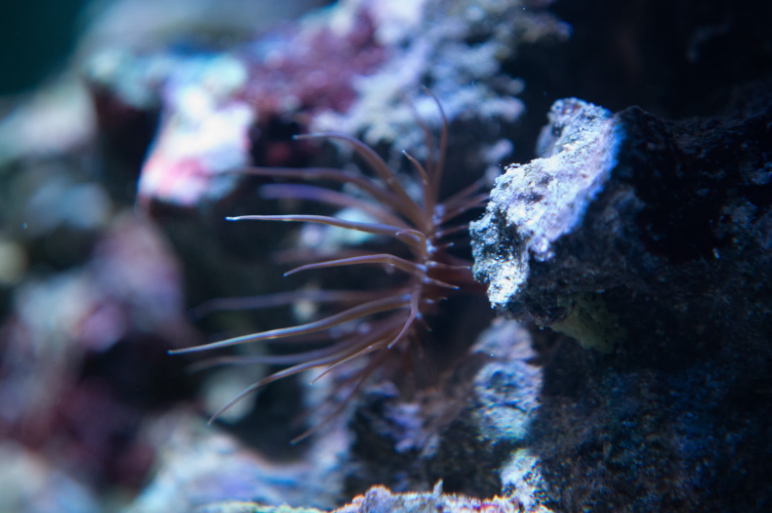
Harvesting and growing live foods in your aquarium
Many of these foods grow naturally and there is not much need for special consideration when it comes to growing or harvesting. For example, algae, sponges, corals, and anemones can simply be plucked or chipped off the rockwork and added to the quarantine tank.
Worms and starfish can be plucked out or a trap can be made to bait them. There are many online plans and commercial traps available, so I won’t go into that here. One tip is to check the tank after the lights go out. Sometimes these critters are easier to find at night when they come out to feed.
Copepods can either be sucked out with a baster, siphoned out with a very small hose, or can be “bred” in a copepod breeding system. Alternatively, they can be encouraged to grow by placing a pile of rock rubble in the corner of the tank or sump. Simply take a rock or two out and shake it vigorously in a cup of aquarium water to extract the little bugs.
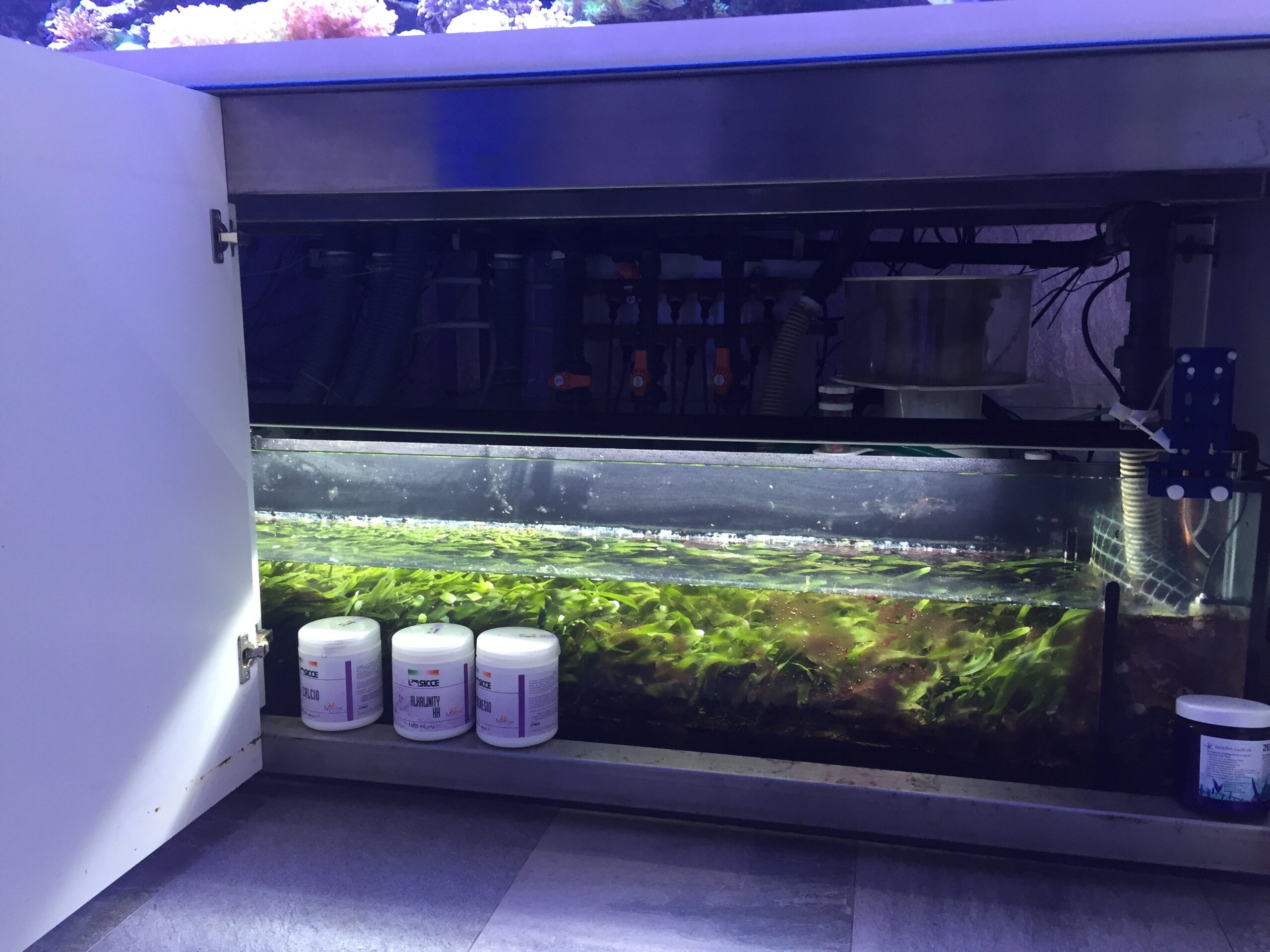
Another great option for growing target species is a refugium. These separate aquariums also act as a place to store foods for later use such as a sponge or anemone-covered rock. As for me, I rely on both intentionally growing these life forms and simply picking them out of my systems where they grow naturally. I have refugiums that grow some of these well, such as algae, pods, worms, etc. And I also keep a few bins in the corner of my coral tanks to intentionally grow these animals. As a coral farmer, I go through a LOT of coral rubble and it’s very easy to toss some of this rubble in little plastic bins and let life grow. When I get a new shipment of fish, I have little rocks covered in algae, copepods, worms, sponges, and all sorts of other live foods ready for harvest.
While there are myriad obstacles to be faced while quarantining and conditioning new fish for captive life, I hope this article has given you some new tools and insights to help get your new acquisition feeding successfully. If you would like to see an article on medicating new fish including medicated food regimes, leave a comment below. As always happy reefing!
About the author
Kyle Woekel owns and operates Tampico Coral Farms – A wholesale company distributing coral frags to pet stores across the United States. Woekel is a lifelong aquarist with close to 30 years’ experience as a hobbyist and 20+ years in the trade including time in retail, installations, and maintenance and for the past decade operating Tampico Coral Farms. When not busy with the reef industry he can be found hiking, processing firewood, turning bowls on his lathe and
spending time with his wife and dogs in their Toyota Chinook.



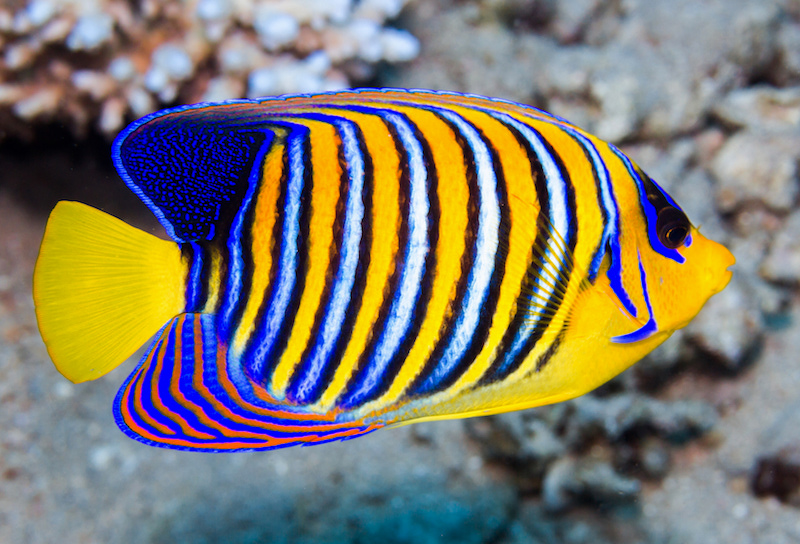

I hate the look of hair algae in our retail systems but the benefits for delicate herbivores are undeniable! Great advice all around